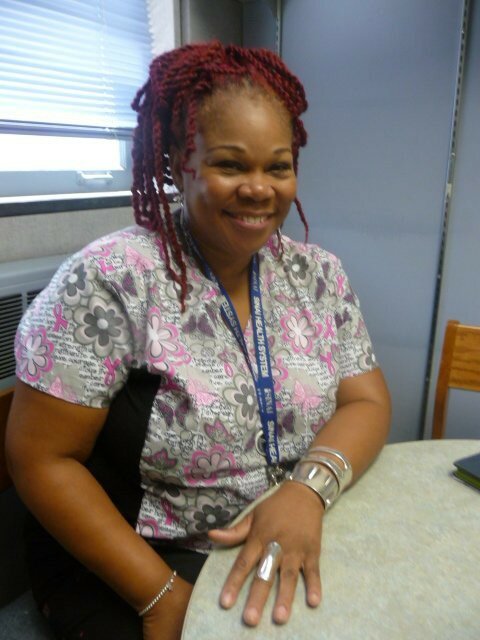When an asthma patient showed her inhaler, Kimberly Artis was encouraged, at first.
“She shook the medicine up and I’m thinking in my head, OK that’s good,” says Artis, a community health educator with Sinai Health System in Chicago. “The next thing she did was take a cleansing breath, and I’m like, that’s even better because most people don’t do this.”
Then the patient sprayed the inhaler over her shoulder and took a breath of the room air, and Artis knew why this patient wasn’t getting better. “If the doctor asked her if she was taking her medication, she would have said yes, because she thought she was doing it correctly,” Artis says.
Artis was hired to help patients in their own homes, and to keep them out of emergency rooms. Outreach workers like Artis have helped Sinai cut return visits. Sinai, which includes Mount Sinai, Holy Cross and Sinai Children’s hospitals, estimates the visits save $3,200 per patient, more than $5 for every dollar spent. Now the technique is spreading to treat other environmental health conditions in underserved neighborhoods.
Asthma affects 9.1 percent of Chicago adults, compared with 8 percent nationwide. It’s one of the top 10 reasons Chicagoans land in the hospital, with 7,325 hospital cases in 2012, according to a Chicago Department of Public Health analysis of state records.
“We’ve been working to address asthma disparities in the communities we serve on the West Side of Chicago since 2001,” says Helen Margellos-Anast, Sinai’s senior epidemiologist and asthma program director. “We focus on helping people understand what asthma is, recognizing it early in its trajectory – understanding these are the early symptoms, and I have to treat them now.”

